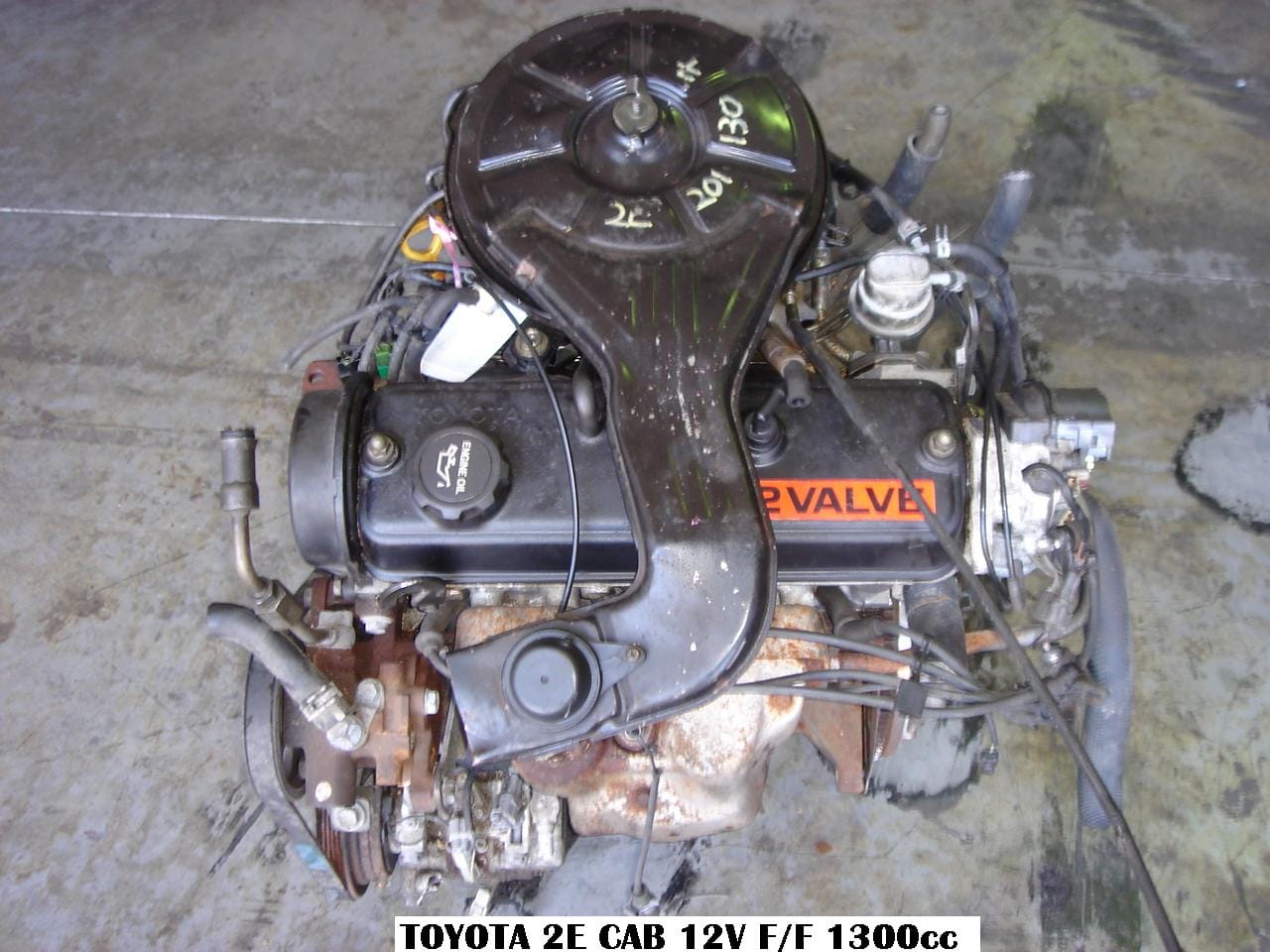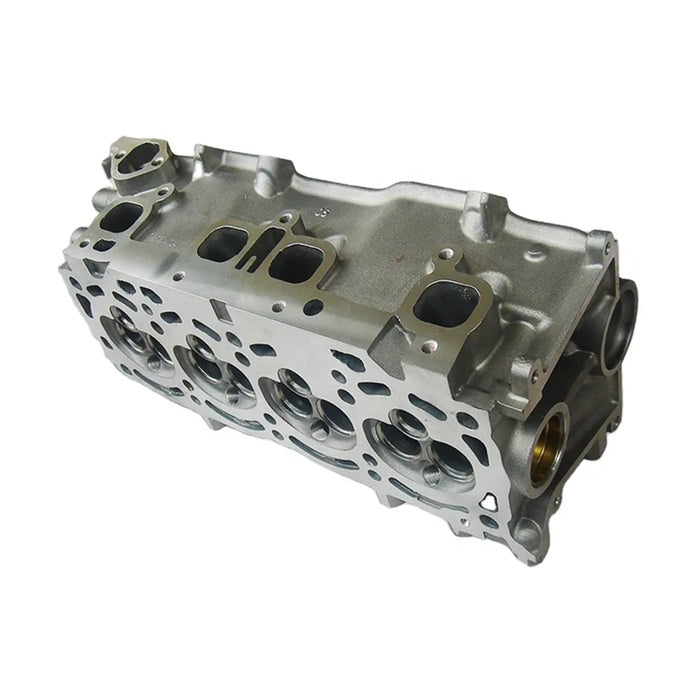Toyota Tazz: An Affordable Car That Doesn’t Compromise on Quality
Toyota Tazz: An Affordable Car That Doesn’t Compromise on Quality
Blog Article
Explore the Newest Trends in Engine Innovation With Tazz
In the swiftly progressing landscape of automotive technology, Tazz stands at the center, highlighting substantial innovations in engine systems that focus on both advancement and sustainability. tazz. From hybrid engines that enhance fuel performance to the development of hydrogen gas cells, the patterns shaping contemporary powertrains are not just boosting efficiency but likewise addressing crucial ecological obstacles. As the industry remains to push limits, it is essential to take into consideration just how these advancements will certainly influence future transport services and the wider effects for worldwide power usage. What lies ahead in this crucial transformation?
Hybrid Engine Innovations
Crossbreed engine developments represent a pivotal change in automotive modern technology, incorporating the advantages of internal burning engines with electric propulsion systems. This assimilation not just boosts fuel performance but likewise lowers discharges, meeting progressively strict environmental guidelines. By making use of both energy sources, hybrid engines can enhance performance, supplying power when needed while saving fuel throughout much less requiring driving problems.
Recent improvements in crossbreed technology consist of improvements in battery performance and regenerative stopping systems. These technologies permit for higher power recovery throughout deceleration, which can be redirected to aid in acceleration or power auxiliary systems. In addition, suppliers are concentrating on portable layouts and lightweight products to optimize the performance of crossbreed powertrains.
The development of plug-in crossbreeds has actually additionally expanded the marketplace, enabling vehicle drivers to bill their automobiles utilizing conventional electric outlets. This feature typically permits for significant all-electric variety, further reducing reliance on typical fuels. tazz. As the automobile sector remains to progress, hybrid engine innovations are anticipated to play a critical role in linking the space between standard lorries and fully electric versions, providing a transitional service that provides to diverse consumer demands and choices
Advancements in Electric Powertrains
The automotive landscape is quickly evolving, with electric powertrains becoming a leading force in lasting transport. Advancements in electrical vehicle (EV) modern technology are substantially improving user, efficiency, and efficiency experience. Trick advancements consist of enhancements in battery chemistry, which have actually enhanced energy density, reduced billing times, and expanded overall battery life.
Solid-state batteries, as an example, guarantee to transform the market by providing higher safety and security and performance contrasted to traditional lithium-ion cells. Advancements in regenerative stopping systems are enabling lorries to recover power during slowdown, contributing to overall performance.
Along with battery innovation, electrical motor layouts are ending up being much more innovative. Advancements such as integrated electric motors and progressed thermal management systems are assisting to maximize power shipment and reduce weight, eventually improving automobile characteristics.

Jointly, these breakthroughs underscore the dedication to shift in the direction of cleaner, more reliable transport remedies, placing electric powertrains at the center of automobile advancement.
The Increase of Hydrogen Fuel Cells
Significantly, hydrogen fuel cells are obtaining grip as a sensible alternative to standard internal combustion engines and battery electrical automobiles. This technology harnesses the chemical energy stored in hydrogen, transforming it right into electrical power with an electrochemical reaction with oxygen. The primary byproduct of this procedure is water, making hydrogen gas cells an eco-friendly alternative with absolutely no emissions at the tailpipe.

Car manufacturers are progressively purchasing hydrogen gas cell technology, recognizing its potential for long-range applications and rapid refueling capabilities that measure up to standard gas. Additionally, fields such as heavy-duty transportation and public transit are especially fit for hydrogen fuel cells, where battery electric options may fail due to weight and variety restrictions.
As research and financial investment proceed to broaden, hydrogen fuel cells are poised to play a considerable function in the future landscape of tidy transport and power options.
Enhancements in Internal Combustion Engines
Innovations in interior combustion engine (ICE) modern technology are changing standard cars to fulfill modern ecological requirements and efficiency assumptions. Straight gas shot, for circumstances, enables for far better atomization of gas, leading to more full burning and boosted power result.
Furthermore, turbocharging has obtained importance, allowing smaller engines to supply greater efficiency without the weight of larger engines - tazz. This technology not just improves efficiency but also adds to reduce gas intake. Variable valve timing systems are also being fine-tuned, enabling engines to adjust to different driving problems for boosted torque and responsiveness
Furthermore, the usage of lightweight products in engine construction is coming to view be standard, additional enhancing fuel effectiveness by decreasing total vehicle weight. Engine control systems (ECUs) are progressively innovative, enabling real-time adjustments that enhance performance and discharges.
These enhancements jointly represent a pivotal change in ICE modern technology, lining up with worldwide sustainability objectives while still giving the efficiency vehicle drivers get out of their lorries. As the sector develops, these enhancements proceed to form the future of conventional automobile design.
Future Patterns in Engine Performance
Significant innovations in engine effectiveness are expected as suppliers concentrate on incorporating innovative innovations to meet strict environmental regulations and consumer demands. The change in the direction of electrification, crossbreed systems, and alternate gas is improving the automotive landscape, driving innovations that boost gas economic situation and lower exhausts.
Among the crucial patterns is the application of innovative materials and manufacturing methods. Lightweight compounds and high-strength alloys add to lowered car weight, hence enhancing general performance. Additionally, the adoption of turbocharging and variable valve timing technologies enables for improved power result from smaller sized engines, additionally boosting fuel economy.

Conclusion
Finally, the expedition of engine innovation discloses significant improvements that focus on sustainability and performance. Advancements in crossbreed engine systems, electric powertrains, and hydrogen gas cells show a dedication to decreasing discharges while enhancing performance. Moreover, renovations in interior combustion engines and a concentrate on light-weight products contribute to general engine performance. As the auto market continues to evolve, these trends will certainly play a vital duty fit a cleaner and even more sustainable future for transport.
From hybrid engines that maximize gas effectiveness to the emergence of hydrogen gas cells, the patterns shaping modern powertrains are not only enhancing performance but also addressing vital ecological challenges.Hybrid engine developments represent a crucial shift in auto technology, combining the advantages of internal combustion engines with electrical propulsion systems.In addition, turbocharging has gotten prestige, allowing smaller engines to provide higher performance without the weight of bigger engines. In addition, the fostering of turbocharging and variable valve timing technologies allows for enhanced power output from smaller engines, further boosting fuel economic websites climate.
Improvements in internal burning engines and a focus on light-weight products contribute to overall engine performance.
Report this page